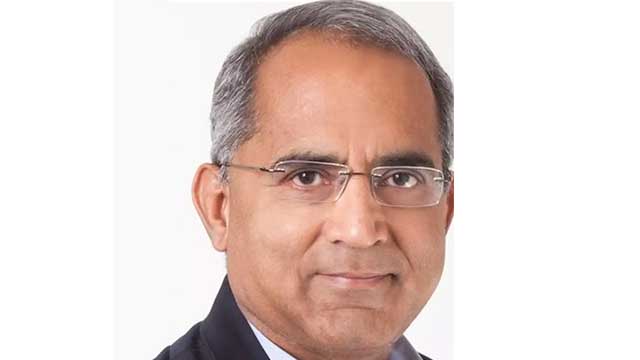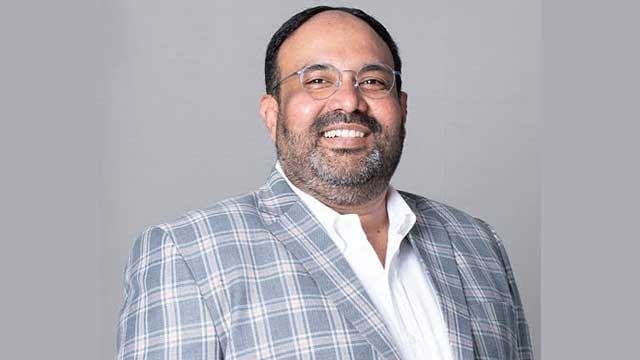It is International IoT Day, again. IoT extends the power of the internet beyond smartphones and computers to ordinary household objects such as light bulbs, locks, smart microwaves, wearable fitness devices, sophisticated industrial tools, and self-driving cars, affording them a higher degree of analytical and computing capabilities. The landscape of IoT is ever expanding and so are the threat vectors and technology standards. Here are some inputs from industry experts on IoT Day and how it is changing and shaping the future.
Nikhil Korgaonkar, Regional Director, Arcserve India & SAARC
The Internet of Things (IoT) is changing the very face of the world today. IoT allows electrical gadgets and sensors to communicate with each other over the internet to make our lives easier and faster. With the increasing use of IoT devices and technology, we are witnessing a significant change in our daily lives. We are not aware of it yet, but most of the things around us are connected by IoT.
Ericsson has predicted that there will be around 18 billion IoT-related devices in 2022. By 2025, there will be a tremendous rise in connected devices—from linked automobiles and fitness trackers to smart homes and factories—producing 79 zettabytes of data.
The major output of an IoT infrastructure is data. Data capturing on a variety of occurrences and phenomena is faster and more efficient with IoT. IoT sensors can collect a wide range of data, including motion, heat, proximity, images, velocity rate, and light, and can track and measure events, actions, and stimulations in their surroundings. It may surprise you how much they can do.
At the same time, the technology is not void of concerns in terms of security and safety. IoT needs to be strategized from three aspects – Security, Automation, and Data Protection. In an IoT setup, the end-points are innumerable and the security landscape increases multifold. We are now talking about smart cities, smart appliances, and smart cars that will require sharing of data round the clock, with least amount of downtime. Innumerable endpoints mean a massive security events management. If there are any gaps or lose points, hackers will easily find access into the networks, jeopardizing the security management of the entire house or even cities.
How to secure data in an IoT environment
- Many IoT devices come with weak pre-set passwords and aren’t often constructed with security in mind. Hence, you will need to step up your password security efforts. Whenever an IoT device connects to the network, the default passwords are replaced with a more complex and secure one.
- Always put Data Protection security at the top of your list; it took you years to create such precious information, but it will only take a few seconds to destroy it. You can always store copies of your data. Immutable object storage takes snapshots of your IoT data every 90 seconds to keep it safe. Snapshots allow you to recover data at a specific point in time, so if you experience an outage, a disaster, or a ransomware attack, you may restore your files to a condition prior to the incident.
- Your company may be growing by the second, so it’s critical to have a data storage and data recovery partner who can help you stay ahead of hackers, keep your data safe, and make it simple for you to manage and restore your data if disaster strikes.
- Bringing in automation to the IoT will help tie all the components of the IoT together and ensure that processes work smoothly. Automation helps increasing uptime in IoT as it does not depend on human intervention
This International IoT Day, let us focus on data security by implementing Data Protection solutions.
 Nat Natraj, Co-founder & CEO, AccuKnox
Nat Natraj, Co-founder & CEO, AccuKnox
“As countries, societies, companies, and homes get increasingly connected, Internet of Things (IoT) holds immense promise for improved productivity for Enterprises and better living for individuals. IoT offers incalculable benefits for Healthcare, Energy, Supply Chain, Manufacturing, Transportation, and Resource Management. However, without appropriate security harnesses, IoT can turn into an albatross. AccuKnox’s Zero Trust security architecture is aimed at securing IoT, Edge, 5G platforms so that one can benefit from the power and potential of these platforms in a safe and secure fashion.”
 Rajesh K. Parthasarathy, Founder, President, CEO, Mage
Rajesh K. Parthasarathy, Founder, President, CEO, Mage
“Internet of Things (IoT) functionality thrives in a wide range of data processing tasks. Personal information like user’s tastes, lifestyles, and social activities are collected to construct a data profile for marketing and driving business intelligence. While it is true that the IoT’s use of personal data improves service delivery by making it extraordinarily smooth, it also highlights the issue of trust since the network of devices uses a large amount of personal data, which must be processed in accordance with users’ expectations of privacy. Add to it, the various privacy regulations across the globe has made it difficult for enterprises to drive business intelligence while complying with these regulations. Efforts to protect IoT data must begin with a thorough examination of the organisation’s IoT device usage and the type of data that’s being captured. As a result, IoT architecture should be designed by having data protection and privacy built in, like DNA. These considerations must be included into all areas of a sustainable IoT infrastructure, including design decisions, effective data security choices, and the promotion of concepts about the nature and value of privacy.”



